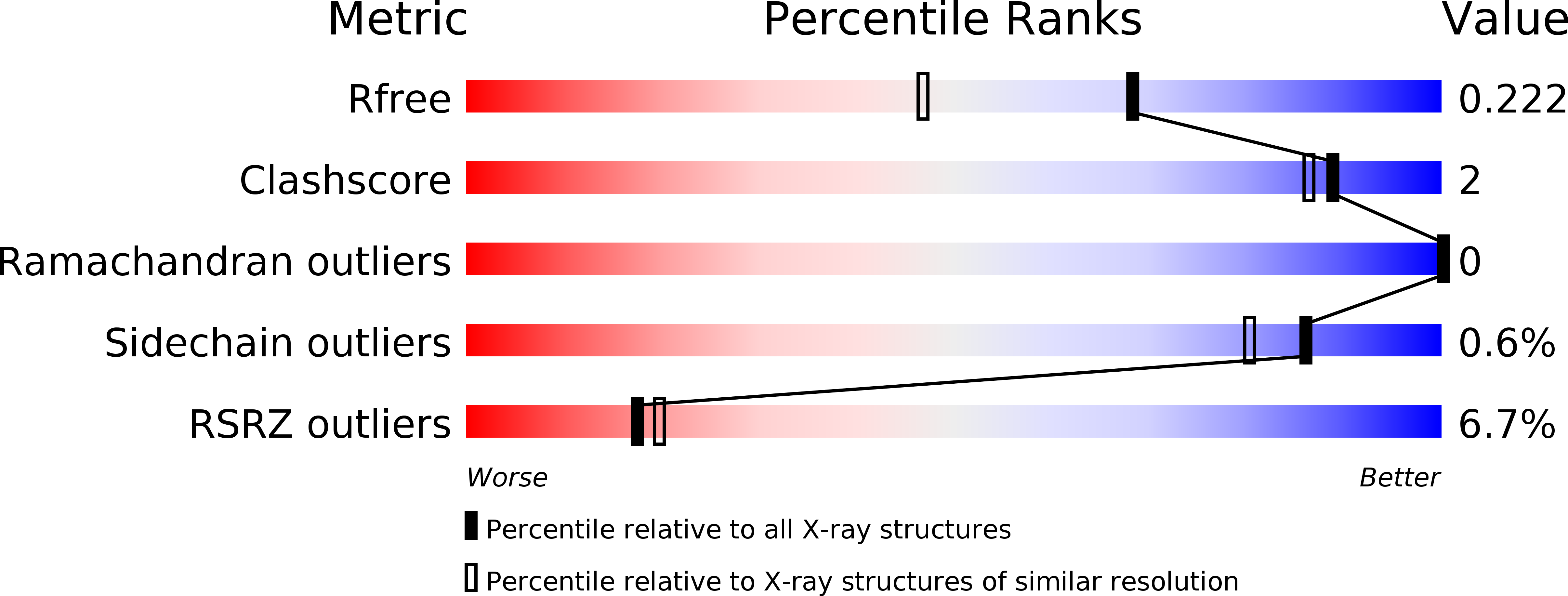
Deposition Date
2012-10-12
Release Date
2013-03-27
Last Version Date
2023-11-08
Entry Detail
Biological Source:
Source Organism:
Streptococcus pyogenes serotype M1 (Taxon ID: 301447)
Host Organism:
Method Details:
Experimental Method:
Resolution:
1.70 Å
R-Value Free:
0.22
R-Value Work:
0.18
R-Value Observed:
0.18
Space Group:
C 1 2 1


